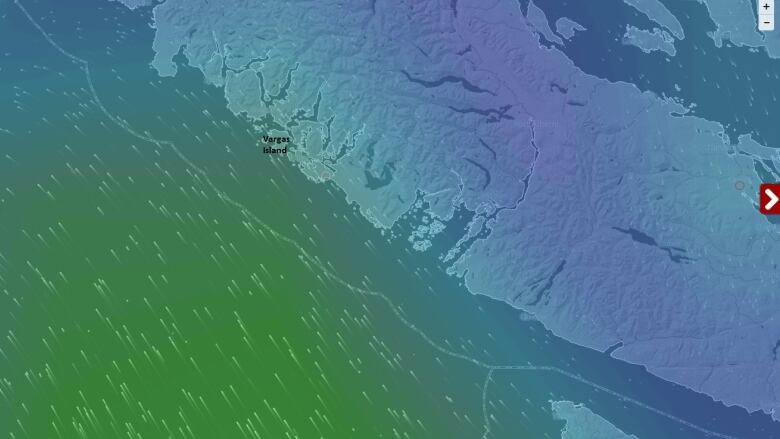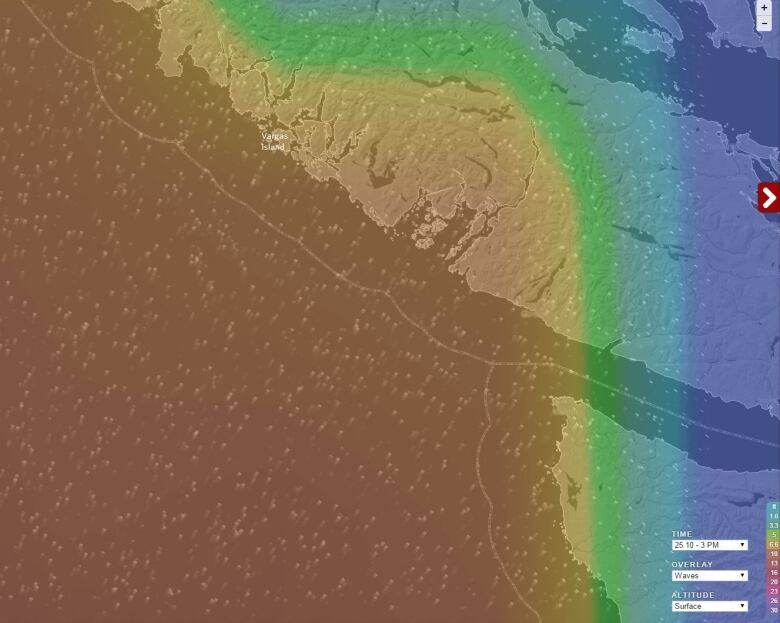Did a rogue wave lead to the whale-watching boat tragedy?
Rogue waves are rare ocean occurrences, but they can be deadly

The question of what led to the tragic whale-watching boataccident in Tofino on Sunday is still under investigation, but there is already some speculation that anunexpected wave may have hit the boat a so-called rogue wave.
Although this is often used as a broad term for a big wave it is actually a specific term for a very rare ocean occurrence. Rogue waves can end up over 30 meters high and seem to appear out of nowhere.
Called rogue, freak or killer waves, this phenomena has been a part of marine folklore for centuries. But rogue waves have only recently been accepted as an actual scientific event.
Since they are so rare, these 'walls of water' are not highly documented and there is still a lot that scientists don't know about how and where these waves form.
According to the National Oceanic and Atmospheric Administration, there are two main processes that can lead to an extreme wave.
The first way is called constructive interference. This is when swells traveling across the ocean sometime do so at different speeds and directions.
Sometimes the crests and troughs actually coincide and reinforce each other. Sort of like adding two waves together to get one big wave.
The other process is when a storm produces waves that move against the normal wave direction. An interaction can take place that leads to the two waves joining together to form one big wave.
In both cases two waves align crest to crest and the amplitude is additive.

While conditions were relatively calm inTofino yesterday, a low pressure system was sitting just off the coastleading to some winds and waves offshore. Gale warnings were in placefor 85 km/h winds and threeto fourmeter waves but not for areas near shore. The storm wavescoming in from the southeastwere opposing the wave currents coming in from the southwest.
The sea conditions around Vargas Island can also be quite unpredictable at times becauseall the islands and the strong tides that flow in and out of the deep inlets of Clayoquot Sound.
But for now, it is too early to say with any confidence what role weather and ocean conditions played in the sinking of theMV Leviathan II.
One thing is certain: those tossed into the water had to survive some bone-chilling temperatures. Buoys just off the coast were reporting water temperaturesat 14 C last night.












_(720p).jpg)


 OFFICIAL HD MUSIC VIDEO.jpg)
.jpg)



























































































